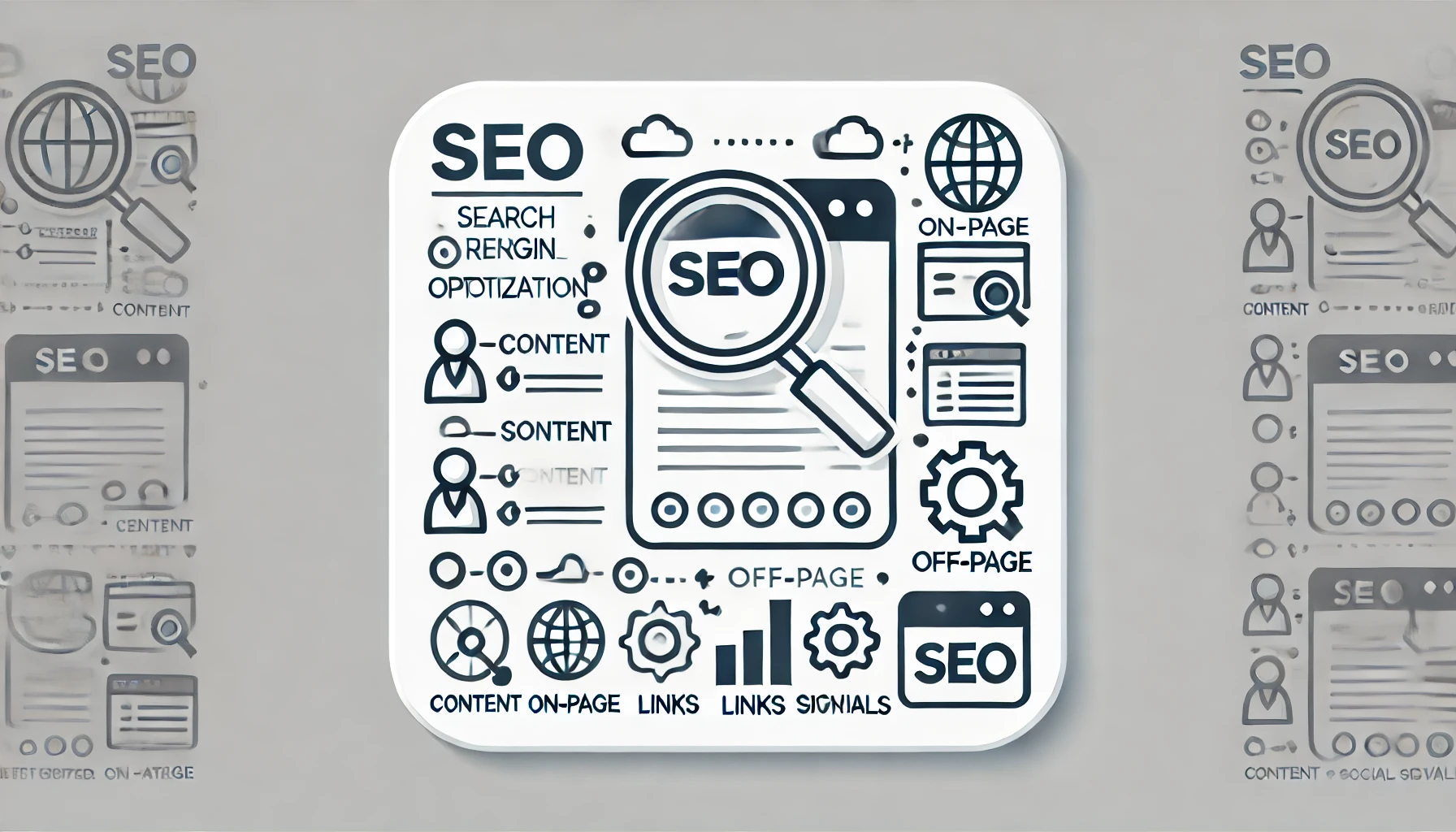Developing website content goes beyond just filling pages with words and images. It’s about crafting a message that resonates with your audience, providing value, and enhancing user experience. As you embark on the journey of content creation, there are several crucial considerations to keep in mind that can significantly impact the effectiveness of your website. Let’s dive into what you should consider to ensure your web content is engaging, relevant, and successful.
Understanding Your Audience

Before you type out a single word, you must understand who you’re writing for. Who is your target audience? What are their main points, interests, and browsing behaviors? Conducting audience research and creating personas can provide valuable insights that shape the tone, style, and substance of your website content.
Tailoring Website Content to User Needs
Your audience’s needs should dictate your content strategy. If your users are looking for in-depth information, consider creating detailed guides or tutorials. If they’re in search of quick answers, ensure that your website content is easily scannable and highlights key points.
Structuring Your Website Content for Readability

The structure of your website content is vital for readability. Users often skim through content, so breaking up text with headers, lists, and short paragraphs can help them find the information they’re seeking.
Using Headings and Subheadings Effectively in Your Website Content
Headings and subheadings serve as signposts that guide readers through your content. They should be descriptive and contain keywords that reflect the content of the sections they headline.
Incorporating Bullet Points and Numbered Lists
Bullet points and numbered lists can make complex information more digestible. They’re particularly useful for highlighting benefits, features, or steps in a process.
Balancing SEO with Natural Writing

While SEO is important for visibility, your first priority should always be to write for humans because of search engine crawl technology uses bots to find content that is written for humans. Keyword stuffing can harm readability and user experience, so it’s essential to use keywords naturally within your content.
Choosing the Right Keywords
Select keywords that are relevant to your content and have a good balance of search volume and competition. Use tools like Google Keyword Planner or SEMrush to aid your research.
Integrating Keywords Seamlessly
Once you’ve chosen your keywords, integrate them into your content in a way that feels natural. Include them in titles, headings, and throughout the body text where they make sense contextually because this also serves as an important on-page element for your webpage
Providing Value with Your Content

Your website content should offer value to your visitors. Whether it’s through informative blog posts, tutorials, or product information, ensure that each piece of content has a clear purpose and delivers on its promise.
Educating Your Audience
One of the best ways to provide value is to educate your audience. Share your expertise and knowledge to help users solve problems or learn something new.
Solving User Problems
Identify common issues or questions your audience may have and create website content that addresses these concerns. This not only helps your users but also positions your brand as a helpful resource.
Keeping Content Up-to-Date

The internet is constantly changing, and outdated content can hurt your credibility. Regularly review and update your content to ensure it remains accurate, relevant, and reflects the latest industry trends.
Scheduling Regular Content Audits
Set up a schedule to review your content periodically. This helps identify pieces that need updates or are no longer relevant.
Updating Facts and Statistics
As new research and data become available, update your content to include the most current information. This shows your audience that you’re committed to providing them with reliable data.
Enhancing User Experience with Multimedia

Text isn’t the only way to communicate your message. Incorporating multimedia elements like images, videos, infographics, and interactive content can enhance user experience and engagement.
Using High-Quality Visu
Choose images and graphics that are high in quality and relevant to your content. They should add value and not just serve as filler.
Making Use of Videos and Animations
Videos and animations can explain complex concepts more clearly than text. They also have the added benefit of increasing the time users spend on your page, which can signal to search engines that your content is valuable.
Making Your Content Accessible

Accessibility should be a key consideration in content development. Your website should be navigable and understandable for all users, including those with disabilities.
Adhering to Web Content Accessibility Guidelines (WCAG)
Follow the WCAG to ensure your website is accessible. This includes providing text alternatives for non-text content, making sure content is easily perceivable, and that navigation is intuitive.
Writing Descriptive Alt Text for Images
When using images, always include alt text that describes the image. This is important for users who rely on screen readers and also contributes to SEO.
Showcasing Trustworthiness and Credibility

Your content should help build trust with your audience. Showcase your expertise, credentials, and testimonials to give users confidence in your brand.
Highlighting Reviews and Testimonials
Include customer reviews and testimonials on your site to provide social proof and build trust with potential customers.
Demonstrating Expertise and Authority
Share your knowledge and experience in your field. This can be through detailed guides, blog posts from industry experts, or case studies that showcase your successes.
Optimizing for Conversions

Ultimately, your website content should guide users toward a desired action, whether that’s making a purchase, signing up for a newsletter, or contacting your business.
Clear Call-to-Actions (CTAs)
Use clear and compelling CTAs to guide users on what to do next. Whether it’s “Buy Now,” “Learn More,” or “Get Started,” your CTAs should stand out and be easy to find.
Streamlining the User Journey
Ensure that the path from landing on your site to taking action is as smooth as possible. Remove any unnecessary steps and provide clear directions.
Conclusion
Developing website content is a multifaceted process that requires careful consideration of your audience, SEO, user experience, and more. By keeping these considerations in mind, you can create content that not only ranks well in search engines but also genuinely resonates with your visitors. Remember to stay current, provide value, and always aim to enhance the user experience. With thoughtful and well-crafted content, your website can become a powerful tool in achieving your business goals.





